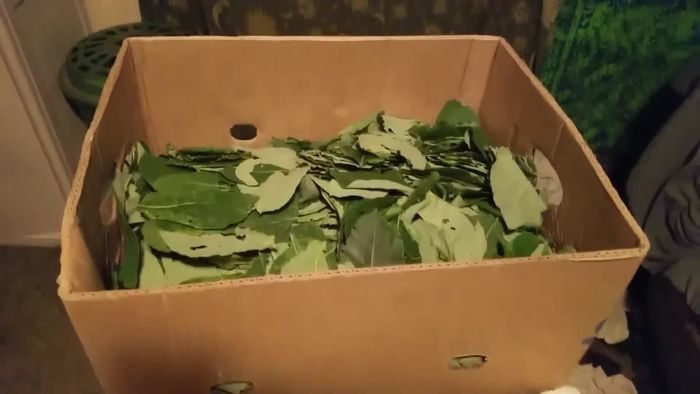For centuries, Native American cultures have harnessed the power of nature's bounty, utilizing plants for both sustenance and healing. Among these remarkable gifts is the persimmon leaf, a humble yet potent ingredient with a rich history of medicinal use. This versatile leaf, often overlooked, offers a unique and flavorful tea brimming with potential health benefits, ranging from soothing digestive issues to supporting immune function. Beyond its purported medicinal properties, persimmon leaf tea boasts a subtly sweet and earthy flavor profile, making it a refreshing and surprisingly delightful beverage.
This article delves into the traditional preparation of persimmon leaf tea, a time-honored Native American recipe passed down through generations. We’ll explore the best practices for harvesting and preparing the leaves, ensuring you capture the full essence of this ancient remedy. Ready to discover the secrets of this captivating brew? Let's embark on a step-by-step journey to crafting your own delicious and potentially therapeutic persimmon leaf tea.
Tools Needed
- box
- sieve or hands
Ingredients
- name: Native American Persimmon Leaves
- amount
Step-by-Step Instructions
Step 1. Harvest and Prepare Persimmon Leaves
- Gather a box full of fresh persimmon leaves. (Ensure they are Native American persimmon leaves)
- While drying, sift through the leaves to remove any unwanted items like bugs, twigs, or debris. (Inspect for unwanted materials)


Step 2. Dry the Leaves
- Let the leaves dry naturally. Spread them out and toss them around occasionally to ensure even drying. This process may take several days to a week depending on climate conditions. (Allow leaves to become crisp and limp)

Step 3. Crumble and Store
- Once the leaves are completely dry, crisp and crumbly, crumble them into smaller pieces.
- Package into tea bags)


Step 4. Brew the Tea
- To brew the tea, add six tablespoons of dried persimmon leaves to six cups of boiling water. Steep for the desired strength (Typically, 5-7 minutes).

Read more: Oksusu Cha (Korean Corn Tea): A Simple & Flavorful Recipe
Tips
- If it was raining when you harvested the leaves, they may contain excess water. Allow for extra drying time.
- Thoroughly inspect the leaves during the drying process to remove any unwanted materials. This ensures a clean and safe tea. (Inspect all the leaves)
- Store-bought tea often contains unseen impurities that are difficult to remove at scale. Homemade tea allows for better control over quality.
Nutrition
- N/A
FAQs
1. Where can I find persimmon leaves?
Look for persimmon trees in your area. Ensure you harvest leaves responsibly, only taking what you need from healthy trees and avoiding protected areas.
2. Are there any side effects to drinking persimmon leaf tea?
Generally, persimmon leaf tea is considered safe. However, some individuals might experience mild side effects like stomach upset. If you have any concerns, consult a healthcare professional before consuming.
Brewing your own persimmon leaf tea is a rewarding experience, connecting you to a rich history of natural remedies and the wisdom of Native American traditions. Enjoy the unique flavor and potential health benefits this simple yet powerful beverage offers. May your cup be filled with the warmth and healing properties of this ancient brew.
